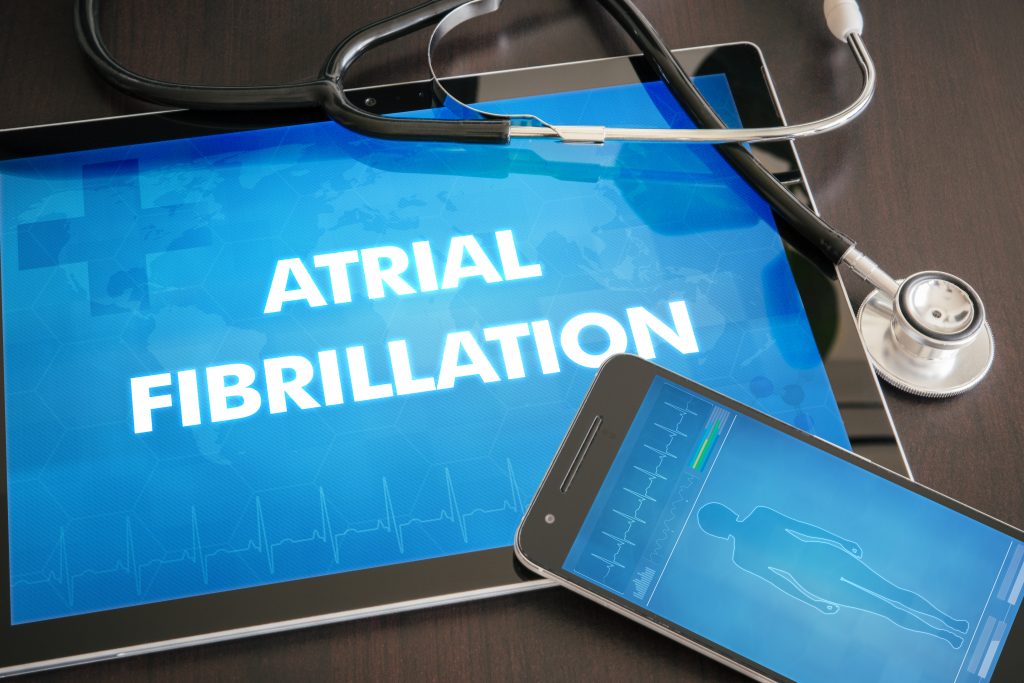Arq. Bras. Cardiol. 2022; 119(4): 520-521
Rhythm Control Interventions in Patients with Atrial Fibrillation – Insights on Preprocedural Anticoagulation and Utility of Left Atrial Imaging
This Short Editorial is referred by the Research article "Left Atrial Thrombus and Dense Spontaneous Contrast in Direct Oral Anticoagulant Therapy of Atrial Fibrillation: Insights from a Reference Center".
The most common sustained arrhythmia in clinical practice is atrial fibrillation (AF), , affecting 2-4% of the adult population worldwide. It is even more frequent with aging, with almost 10% prevalence in individuals older than 80. Current estimates state that one in every three adults aged 55 years will develop AF during their lifetime, leading to substantial healthcare and economic burden. Clinical issues relate primarily to thromboembolic events (TE) and arrhythmic symptoms, both central targets while managing patients with AF. ,
Overall, atrial fibrillation confers a 2-5-fold escalated risk of TE, which is not evenly distributed, depending on unique modifiers. Important risk factors abridged in the CHA2DS2-VASc score – Congestive heart failure, Hypertension, Age ≥75 years, Diabetes, Stroke/TIA, Vascular disease, Age 65-74 years, Sex (female) – may predict stroke risk, consistently mitigated in almost 70% by proper anticoagulation. Vitamin K antagonists (VKAs) were the only oral anticoagulants available for over half a century. From 2009 to 2013, pivotal randomized controlled trials acquainted the scientific community with the new/direct oral anticoagulants (DOACs). – These drugs not only held similar efficacy to VKA in preventing thromboembolic events but also had a better safety profile against major bleeding – notably intracranial hemorrhage – and a more predictable pharmacokinetic and pharmacodynamic profile, ruling out the need for routine laboratory monitoring. However, the applicability of DOACs in off-label backgrounds, including stroke prevention during rhythm control interventions, remained unclear for many years.
[…]
613

